Restoring a car involves repairing, refurbishing, and improving its condition to its original state. It may include bodywork, painting, and mechanical repairs.
Table of Contents
Toggle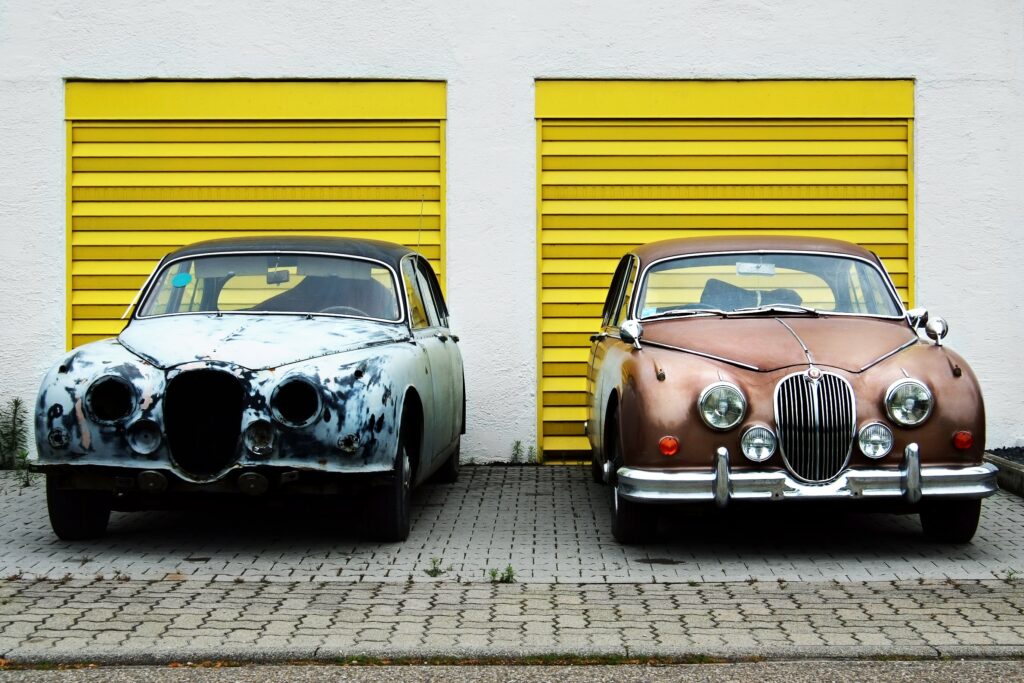
Credit: www.roadwired.com
Restoring a classic automobile not only brings back its original glory but also increases its value and provides a sense of satisfaction. Whether you’re a seasoned car enthusiast or a beginner looking to embark on a rewarding project, understanding the process and dedicating time and effort are essential.
From sourcing genuine parts to restoring the engine, there are various aspects to consider. This guide will explore the steps involved in restoring a car and provide valuable insights for a successful restoration project. Whether it’s a vintage Mustang or a sleek Porsche, breathing new life into a classic car can be a fulfilling endeavor for any automotive enthusiast.
Choosing The Right Car
Restoring a car can be a thrilling and rewarding experience. Whether you are a seasoned car enthusiast or attempting a full car restoration for the first time, choosing the right car is key to a successful project. This involves researching models and carefully evaluating their condition. To guide you through the process, we have prepared a car restoration checklist that will help you make an informed decision.
Researching Models
Before diving into a car restoration project, it is crucial to research and select the right car model. Consider factors such as availability of parts, resource availability like manuals or online tutorials, and your own mechanical expertise. You may want to choose a popular model with a large community of enthusiasts who can provide guidance and support along the way.
Additionally, determine the purpose of your car restoration. Are you aiming for a classic show car or a daily driver? This will help you narrow down your options and find the car that aligns with your goals. Researching different models will give you a better understanding of the challenges and rewards associated with each one.
Evaluating Condition
Once you have identified potential car models, it’s time to evaluate their condition. This step is crucial to ensure that you make an informed decision and estimate the effort, time, and cost required for the restoration. Start by thoroughly inspecting the body of the car for rust, dents, and structural damage.
Next, examine the engine, transmission, and other mechanical components. Check for signs of wear and tear, leaks, or any hidden issues that may affect the overall restoration process. Take note of any missing parts or components that might be difficult to replace.
Consulting a professional or an experienced car mechanic may be beneficial during this evaluation stage. They can provide valuable insight into the condition of the car and help you understand the potential challenges you might face during the restoration.
Finally, referring back to your car restoration checklist, assess the required time commitment and the estimated budget. This assessment will help you make a thoughtful decision about whether the car’s current condition aligns with your capabilities and available resources.
By conducting thorough research and evaluating the condition of potential car models, you will be well-prepared to choose the right car for your full car restoration project. Remember, the ultimate goal is to embark on a journey that is both enjoyable and satisfying, resulting in a beautifully restored classic car.
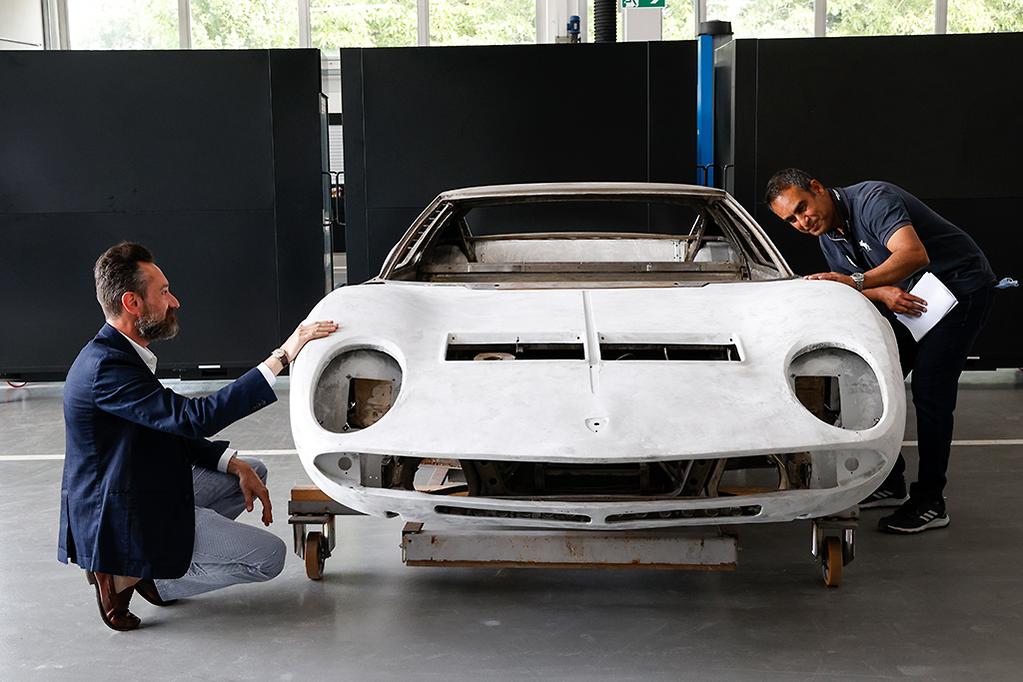
Credit: www.carsales.com.au
Setting Up Your Workspace
When starting a full car restoration, setting up your workspace is a crucial first step. Having a well-organized and equipped area will facilitate the process and ensure that you have everything you need at your fingertips. In this section, we will discuss the essential aspects of setting up your workspace for restoring a car for the first time.
Garage Or Workshop
Whether you have a spacious garage or a dedicated workshop, it’s important that your workspace provides ample room to work around the car comfortably. Make sure the area is well-ventilated and well-lit to ensure safety and visibility. Additionally, consider investing in storage solutions such as shelves and cabinets to keep your tools and equipment organized and easily accessible.
Tools And Equipment
Having the right tools and equipment is essential for a successful car restoration. Ensure you have a comprehensive set of tools including wrenches, screwdrivers, pliers, and socket sets. Additionally, specialized tools such as engine hoists, jack stands, and sanders may be required depending on the extent of the restoration. Invest in good-quality tools to ensure precision and durability throughout the process.
Disassembly And Assessment
When embarking on a full car restoration, the initial step is disassembling the vehicle and conducting a thorough assessment of its components. This stage is crucial in the process of Restoring a car for the first time, as it provides an opportunity to document the condition of all parts and identify the required repairs to ensure a successful restoration.
Documenting Parts
During disassembly, it is essential to meticulously document each part removed from the vehicle. This documentation can be accomplished through photographs, labeling, and organizing the parts. Creating a comprehensive inventory of all components ensures that nothing gets misplaced during the restoration process.
Identifying Needed Repairs
Following disassembly, a thorough assessment of each part should be conducted to identify any damage or wear. By inspecting parts such as the engine, transmission, suspension, and body panels, the car restoration checklist can be established to prioritize the required repairs. This assessment sets the foundation for the restoration plan, ensuring that each component is meticulously addressed to achieve the desired outcome.
Restoration Process
Restoring a car is an exciting and rewarding journey that allows you to breathe new life into a classic or beloved vehicle. The restoration process involves a meticulous approach to bring the car back to its former glory. With careful attention to detail, full car restoration can transform a rusty old vehicle into a stunning showpiece. In this blog post, we will delve into the restoration process, focusing on the crucial aspects of bodywork and mechanical updates.
Body Work
One of the major elements of a car restoration is addressing the bodywork. This involves repairing any damages, removing rust, and ensuring a smooth surface before applying a fresh coat of paint. The bodywork process can be time-consuming and requires patience, but it is a crucial step in achieving a flawless finish.
Here is a car restoration checklist for bodywork:
- Inspect the body for dents, scratches, and rust.
- Remove any damaged or rusted panels and replace them with new ones.
- Use body filler to repair minor dents and imperfections.
- Strip the old paint using sandpaper or chemical paint strippers.
- Apply a rust converter to prevent further corrosion.
- Smooth out the body surface using sandpaper and a high-quality primer.
- Choose the desired paint color and apply multiple coats for a flawless finish.
- Finish off with a clear coat for added protection and shine.
Mechanical Updates
In addition to the bodywork, mechanical updates play a crucial role in the restoration process. This ensures that the car performs optimally and provides a smooth and enjoyable driving experience.
Consider the following mechanical updates for a complete restoration:
- Inspect and rebuild the engine to ensure it is in top-notch condition.
- Replace worn-out or damaged components such as belts, hoses, and seals.
- Restore the braking system by replacing brake pads, calipers, and brake lines.
- Upgrade the suspension system for improved handling and ride comfort.
- Check and repair the electrical system, including the wiring, lights, and gauges.
- Rebuild or replace the transmission for smooth gear shifting.
- Ensure all fluids, such as oil, coolant, and brake fluid, are topped up or replaced.
By following this comprehensive car restoration checklist, you can bring your prized vehicle back to its former glory. Remember, restoring a car for the first time may come with challenges, but with dedication and the right resources, you can achieve a stunning result.
Final Touches And Reassembly
Completing a full car restoration is an exciting journey that requires meticulous attention to detail. After successfully disassembling and refurbishing each component, it’s time to focus on the final touches that will bring your restored car back to its former glory. Paint and Finishing and Putting It All Together are two crucial steps in this stage.
Paint And Finishing
When it comes to restoring a car for the first time, the paint and finishing process plays a pivotal role in enhancing its overall look and protecting it against corrosion. Before applying a fresh coat of paint, make sure to follow a careful car restoration checklist:
- Sand and clean the entire car surface to create a smooth base.
- Tape off the areas that don’t require paint, such as windows and trim.
- Apply a primer to promote adhesion.
- Choose a high-quality automotive paint color that matches the original or desired shade.
- Use a professional-grade spray gun or brush for an even application.
- Allow each coat to dry thoroughly before applying subsequent layers.
- Apply clear coat to provide a protective and glossy finish.
- Buff and polish the painted surfaces to achieve a showroom-worthy shine.
By following these steps, you can ensure that your restored car’s paint job looks flawless and withstands the test of time.
Putting It All Together
Once the paint and finishing are complete, it’s time to put all the components back together and witness your hard work come to life. Here are some key steps to keep in mind during the reassembly process:
- Refer to any reference material or photographs you took during the disassembly stage to ensure correct placement of each component.
- Inspect and replace any worn or damaged parts before reinstallation.
- Begin with the major components, such as the engine and transmission, and gradually work your way to the smaller parts.
- Tighten bolts and screws according to the manufacturer’s specifications.
- Connect electrical wiring and ensure proper grounding.
- Fill fluids and test the functionality of each system as you go.
- Make adjustments as necessary to achieve optimal performance and alignment.
- Double-check all connections and fasteners to ensure everything is secure.
Throughout the reassembly stage, it’s essential to maintain patience and attention to detail. Taking your time to complete this step with precision will lead to a successful restoration that not only looks amazing but also functions flawlessly.
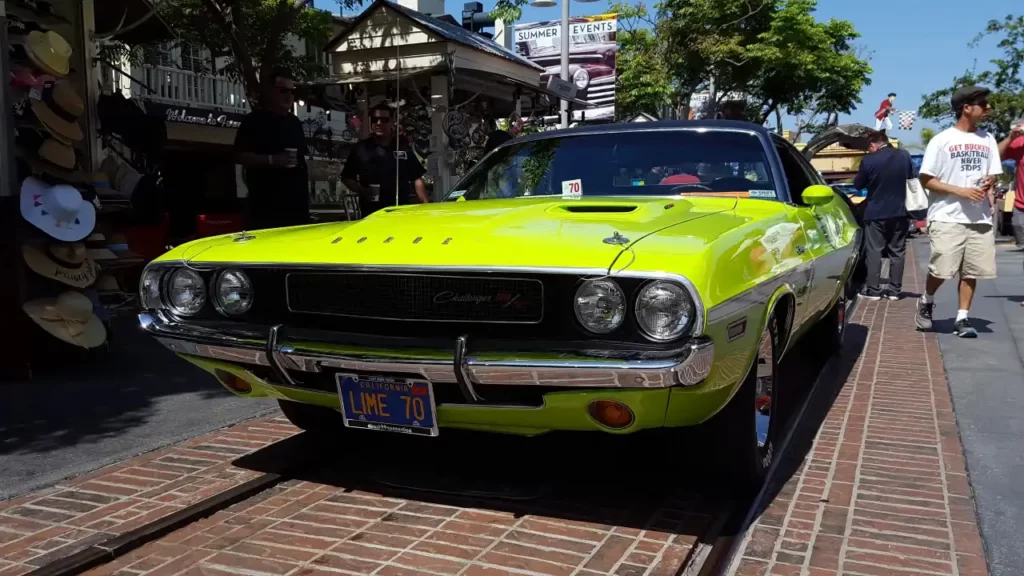
Credit: pedalcommander.com
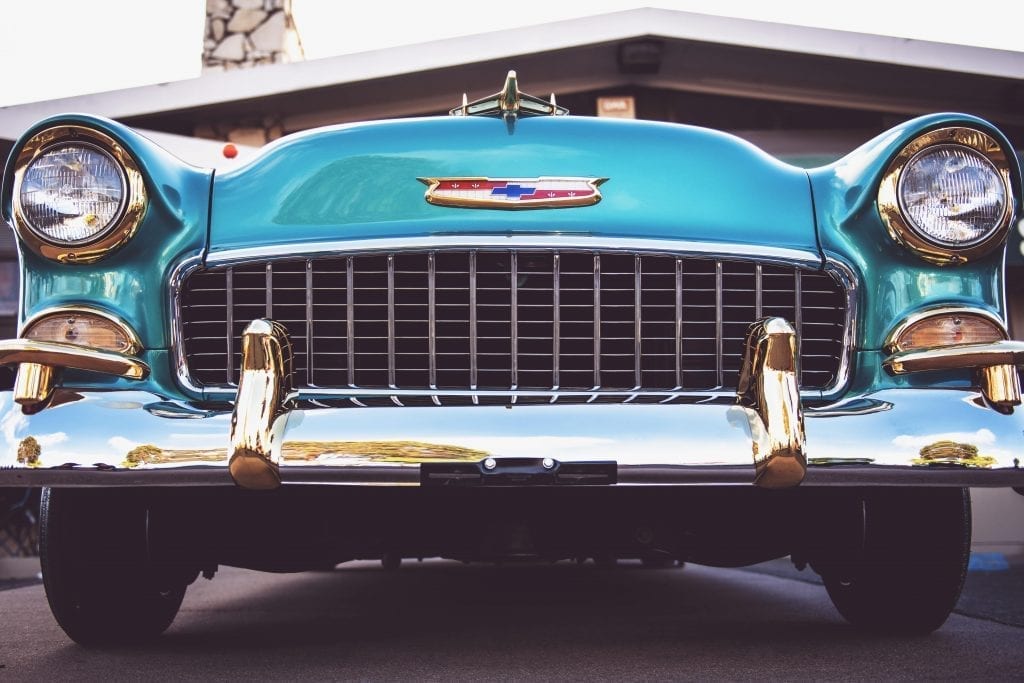
Credit: deansautoglass.com.au
Frequently Asked Questions On Restoring A Car
How Much Does It Cost To Restore A Car?
Restoring a car can cost anywhere from a few thousand dollars to tens of thousands, depending on factors such as the car model, the extent of restoration needed, and the quality of materials used.
How Long Does It Take To Restore A Car?
The duration of a car restoration project can vary greatly depending on the scope of work involved. Smaller projects can take a few months, while a full restoration may require several years to complete.
Can I Restore A Car Myself?
Yes, you can restore a car yourself if you have the necessary skill and knowledge. However, keep in mind that car restoration requires expertise in areas like mechanical work, bodywork, and painting. It’s important to assess your abilities before undertaking a project.
Where Can I Find Parts For Car Restoration?
You can find car restoration parts at various places such as online marketplaces, auto salvage yards, specialty car part stores, and even through online forums and communities dedicated to car restoration. Researching and comparing options will help you find the best deals.
Conclusion
Restoring a car is a labor of love, but the end result is undoubtedly worth it. Whether you are a classic car enthusiast or simply enjoy the satisfaction of giving new life to an old vehicle, the process requires careful planning, patience, and skill.
By following the right steps and utilizing the right resources, you can transform a rusted relic into a stunning piece of automotive history. Keep the passion alive and take on the challenge of restoring a car – the journey is just as rewarding as the destination.

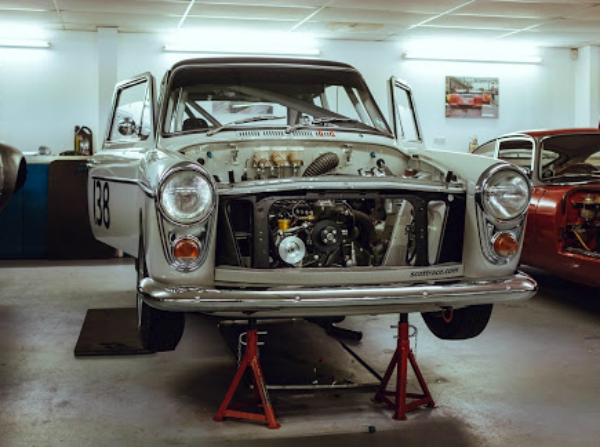
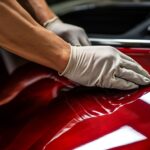
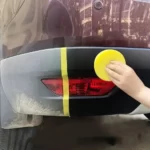
One Comment